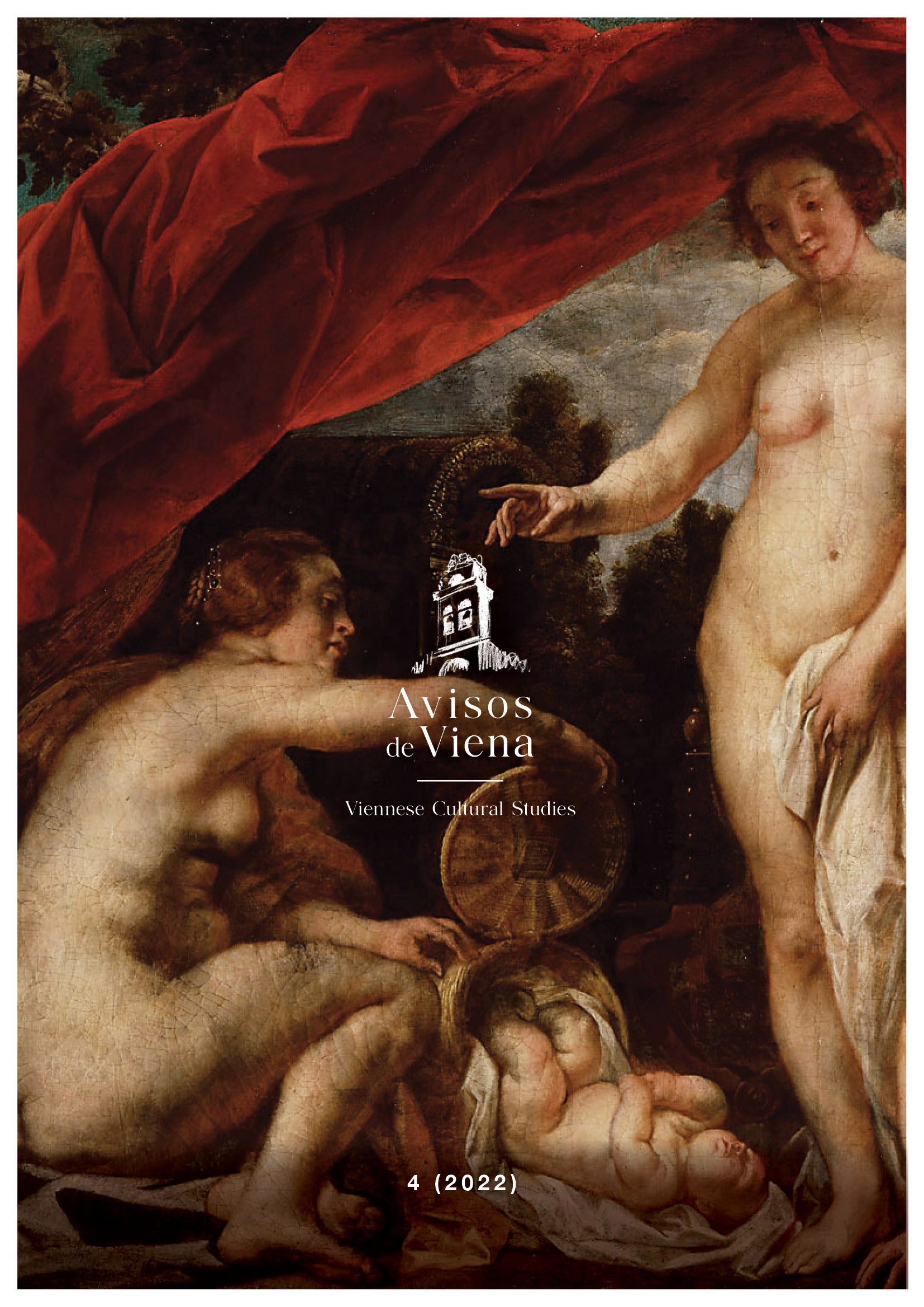„Auf Dornen in den Himmel“
Kindliche Erinnerung an den Tod einer Wöchnerin
DOI:
https://doi.org/10.25365/adv.2022.4.7533Keywords:
Maternal death, childbirth rituals, symbolism, grieving, cultural narrativesAbstract
This article delves into cultural practices surrounding maternal death during childbirth, focusing on rituals, symbolism, and their impact on grieving children. Through historical contexts and personal narratives like Anna Wimschneider's, it examines rituals such as adorning the deceased with shoes and the symbolism of thorns in the afterlife journey. It explores how children interpret and internalize these rituals, shaping their understanding of loss. The text also discusses cultural narratives and their role in coping with grief. Ultimately, it emphasizes the significance of imagery, rituals, and storytelling in navigating the grieving process and transmitting cultural experiences.
References
Aichinger, W. (2021). Grandmothers reborn: Allomaternal care as an uncharted territory of Spanish history. Avisos de Viena, 2, 12–25.
Aichinger, W. (2022). Parentesco breve: El inclusero Juan y su nodriza Paula Martín (Marzo a agosto 1859: Madrid y Sotillo de la Adrada). Avisos de Viena, 4.
Bächtold-Stäubli, H., & Hoffmann-Krayer, E. (2011-2020). Handwörterbuch des deutschen Aberglaubens. De Gruyter. (Original work published 1927-1942).
Douglas, M. (2003). Purity and danger: An analysis of concepts of pollution and taboo. Routledge. (Original work published 1966).
Fortin, J. (2020). De la mère comme hantise au mythe personnel: La „mère morte“. In I. Grell & S. Loignon (Eds.), Camille Laurens: Le labyrinthe et le kaléidoscope (pp. 14–29). Presses du Septentrion.
Grohmann, J. V. (1864). Aberglauben und Gebräuche aus Böhmen und Mähren. Calve.
Jäckel, A. J. (1861). Aphorismen über Volkssitte, Aberglauben und Volksmedizin in Franken, mit besonderer Rücksicht auf Oberfranken. Sebald.
Loux, F. (1978). Le jeune enfant et son corps dans la médecine traditionnelle. FeniXX.
Mitterauer, M. (2013). Verwandte als Eltern: Familienbeziehungen von Ziehkindern im Ostalpenraum. In M. Mitterauer, Historische Verwandtschaftsforschung (pp. 131–148). Böhlau.
Morel, M.-F. (Ed.). (2021). La naissance au risque de la mort: D’hier à aujourd’hui. érès.
Morel, M.-F. (2002). De quelques allaitements ‘extra-ordinaires’ dans l'histoire occidentale. In D. Bonnet, C. Le Grand-Sébille, & M.-F. Morel (Eds.), Allaitements en marge (pp. 141–162). L'Harmattan.
Morel, M.-F. (2004). La mort d’un bébé au fil de l’histoire. Spirale, 31(3), 15–34. https://doi.org/10.3917/spi.031.0015
Morel, M.-F. (2008). Les grands-parents dans l’histoire. In J. Besson & M. Galtier (Eds.), Hériter, transmettre: Le bagage de bébé (pp. 139–162). Les dossiers de Spirale, Ramonville, Erès.
Thomann, G. (1971). Die Armen Seelen im Volksglauben und Volksbrauch des altbayerischen und oberpfälzischen Raumes: Untersuchungen zur Volksfrömmigkeit des 19. und 20. Jahrhunderts (Teil III). [Publisher not identified].
Tovar-Rodríguez, J. M. (2013). Aspectos religiosos de la mortalidad materna en la época de los aztecas: Cihuateteo: Las mujeres muertas en el primer parto. Ginecología y obstetricia de México, 81(9), 555-557.
Usunáriz, J. M. (2022). De la melancolía a la locura: Embarazo, parto y posparto (España y el mundo hispánico, siglos XVI-XVII). Asclepio. Revista de Historia de la Medicina y de la Ciencia, 74(1). https://doi.org/10.3989/asclepio.2022.10
Downloads
Published
How to Cite
Issue
Section
License
Copyright (c) 2022 Wolfram Aichinger

This work is licensed under a Creative Commons Attribution 4.0 International License.
© Open Access, CC BY 4.0












